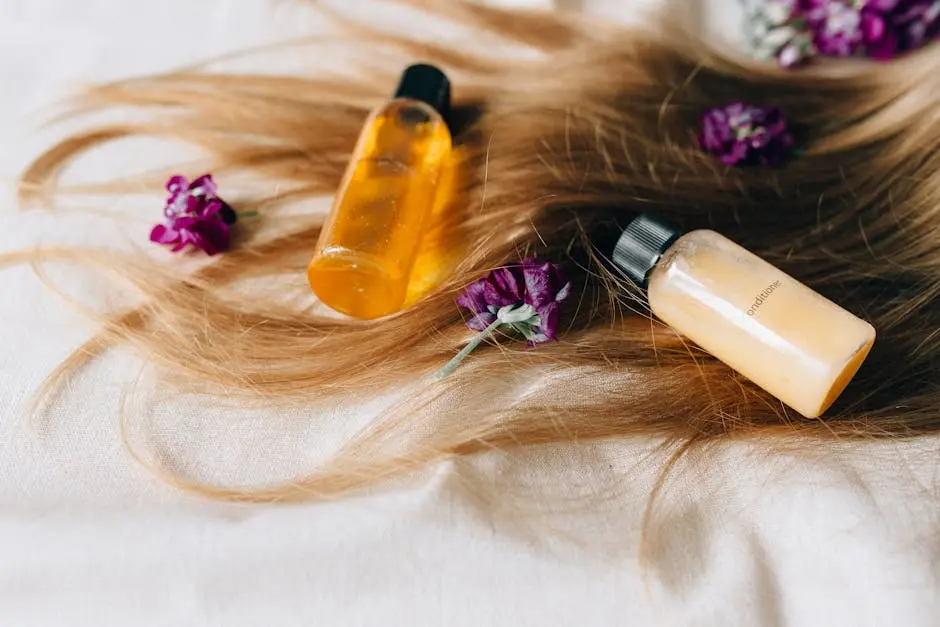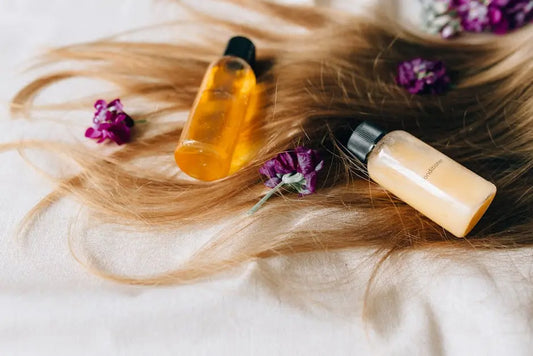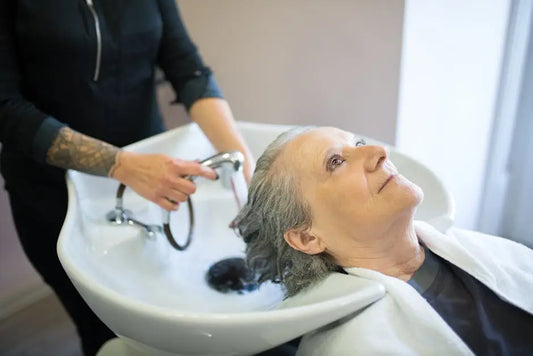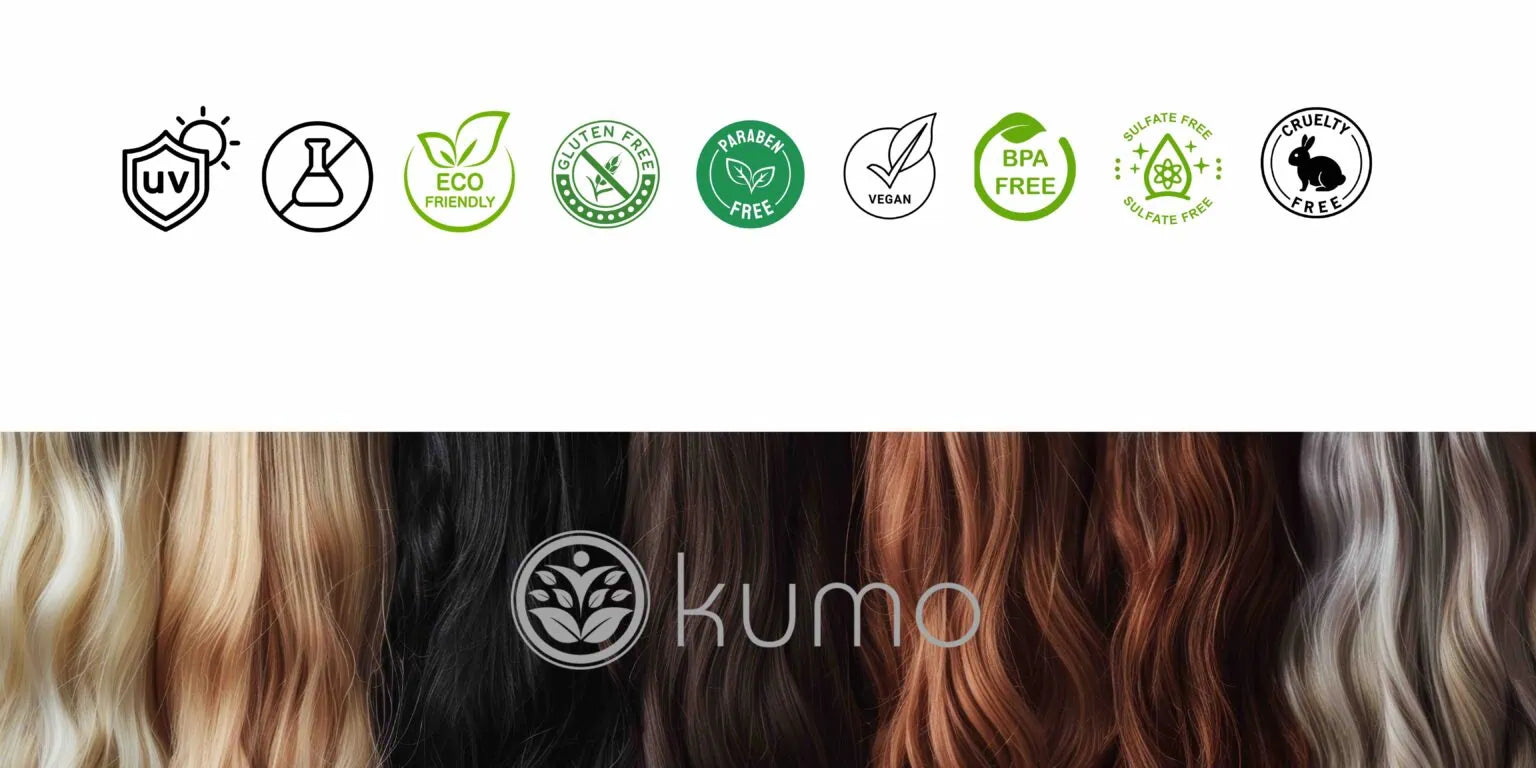Navigating the world of hair care can be baffling, especially when it comes to choosing the right products. Purifying shampoo is a staple for many, thanks to its ability to cleanse away build-up, leaving hair feeling fresh. However, there are common pitfalls users often fall into, which can negate the benefits of these potent products. Let’s explore some mistakes to avoid for optimal results.
1. Skipping the Patch Test
Before introducing any new product into your hair care routine, it’s essential to perform a patch test to check for adverse reactions. A simple way to conduct a patch test is to apply a small amount of the purifying shampoo behind your ear or on your forearm. Wait for 24 hours to see if there’s any redness or irritation. This cautious step is crucial for those with sensitive skin, as purifying shampoos often contain stronger cleansing agents compared to regular shampoos.
Failing to conduct a patch test can lead to unexpected allergic reactions that might affect more than just your scalp. For many, the consequences are not just physical discomfort but also inconvenient interruptions in their hair care routine. It’s always better to be safe than sorry when introducing anything new to your skin or hair.
2. Using It Too Frequently
Purifying shampoos can be harsh if used too often. Limit usage to once a week or every other week to protect your hair’s natural oils. Overuse can result in dryness, breakage, and a dull appearance. Hair health relies heavily on maintaining a balance of natural oils, which purifying shampoos tend to strip away during each wash.
Incorporating an oil-based treatment into your routine can help manage the moisture level of your hair while you’re using a purifying shampoo. Hair experts suggest gauging your hair’s response to the shampoo and adjusting frequency accordingly. Remember, moderation is key, and understanding your hair’s needs will lead to better outcomes.
3. Ignoring Hair Type
Everyone’s hair is different. Make sure your purifying shampoo is suited for your specific hair type to avoid unwanted damage. For instance, individuals with naturally oily hair might benefit from a different formulation than those with dry or chemically treated locks. Being aware of your hair type helps in selecting the right product that enhances rather than hinders hair health.
Researching different shampoos based on your hair texture, porosity, and condition will provide better results. It’s also helpful to consult with a hair care professional who can guide you in selecting the best purifying shampoo tailored to your hair needs. Keep in mind that not all purifying shampoos are created equal, and this decision plays a significant role in the outcome.
4. Overlooking the Instructions
Instructions are there for a reason. Follow them carefully to ensure you get the best results from your purifying shampoo. Missing out on crucial steps in the instruction manual could result in using the product incorrectly and not reaping its full benefits. If the directions recommend leaving the shampoo in your hair for a few minutes, don’t rush to rinse it out. This ensures that the active ingredients have enough time to work.
It’s tempting to skip over instructions when you’re in a hurry, but the time invested in reading the product guidelines is worth it. Often, brands offer specific advice for optimal usage that is essential for achieving the desired clean state, which otherwise may remain elusive if the product is misapplied or overused.
5. Neglecting a Follow-Up Conditioner
Purifying shampoos can strip moisture, so it’s crucial to condition afterwards to keep your hair hydrated and soft. Conditioners work by replenishing the moisture balance in your hair after the cleansing step. They also provide an added layer of protection, preventing further moisture loss from external aggressors.
Without conditioner, your hair may become prone to tangling and breakage. Use a conditioner that complements your purifying shampoo to enhance the benefits and maintain your hair’s softness and manageability. A well-chosen conditioner can make the difference between healthy-looking locks and dry, brittle hair.
6. Failing to Rinse Thoroughly
Residual shampoo can cause scalp irritation and build-up. Make sure you rinse your hair thoroughly to remove all product. The leftover residue can make your hair feel sticky and look less clean, contradicting the purpose of using a purifying shampoo.
Rinsing properly ensures that no particle is left behind to irritate the scalp or clog hair follicles, which can lead to problems such as dandruff or hair thinning. The power of water during the final rinse should never be underestimated—it plays a pivotal role in ensuring that the cleaning process is complete.
7. Using Hot Water
While it might be tempting, avoid using hot water as it can strip your hair of natural oils, leading to dryness. Instead, opt for lukewarm or cool water to lock in moisture and protect your hair’s natural shine and elasticity.
Not only does hot water negatively impact your hair by removing essential oils, but it can also dry out the scalp, exacerbating conditions like dandruff. Consider adjusting your shower routine by turning down the heat to preserve the integrity of your hair and scalp.
8. Blending with Other Shampoos
Using multiple shampoos simultaneously can lead to conflicting reactions. Stick to one at a time to avoid any mishaps. When you mix different products, they can counteract each other’s efficacy, reducing the benefits and potentially causing unexplained damage, such as split ends or excessive dryness.
Consistency in product usage allows your hair and scalp to adjust to a specific formula. If you want to try a new product, it’s advisable to phase out the old one gradually rather than using them side by side to prevent chemical imbalances.
9. Applying Directly to Dry Hair
Always wet your hair thoroughly before applying the shampoo for even distribution and effective cleansing. Applying shampoo directly to dry hair can make it challenging to spread, possibly leading to uneven cleansing and product waste.
Wet hair absorbs and works with the shampoo better, allowing the lather to remove dirt and oil effectively. Ensuring your hair is saturated not only helps in maximizing the benefits of the shampoo but also provides a more indulgent, spa-like experience during the wash.
10. Thinking All Purifying Shampoos Are the Same
Each brand has its unique formulation. Choose wisely based on your hair needs and ingredients. Understanding the ingredients in your shampoo can prevent hypersensitivity and ensure compatibility with your hair type, leading to better satisfaction with the results.
Conducting a bit of research on the differences between formulations can guide you in deciding which purifying shampoo will provide the optimal results. Some may contain added benefits like vitamins or oils that could align well with your hair care goals, enhancing the overall appearance and feel of your hair.





